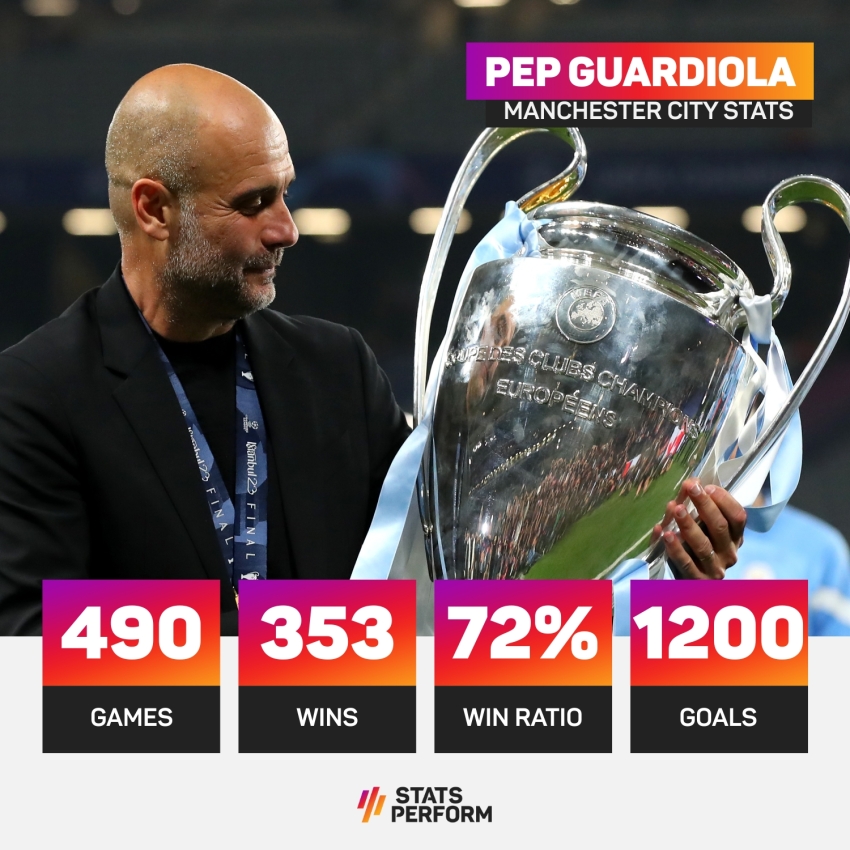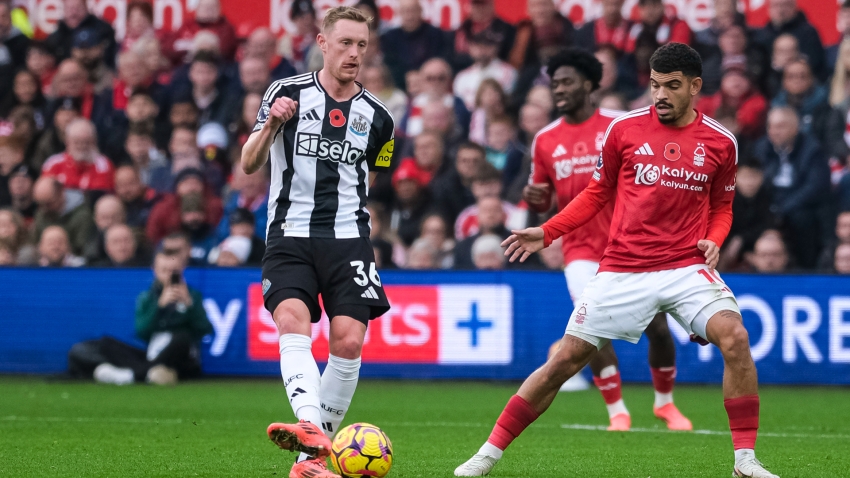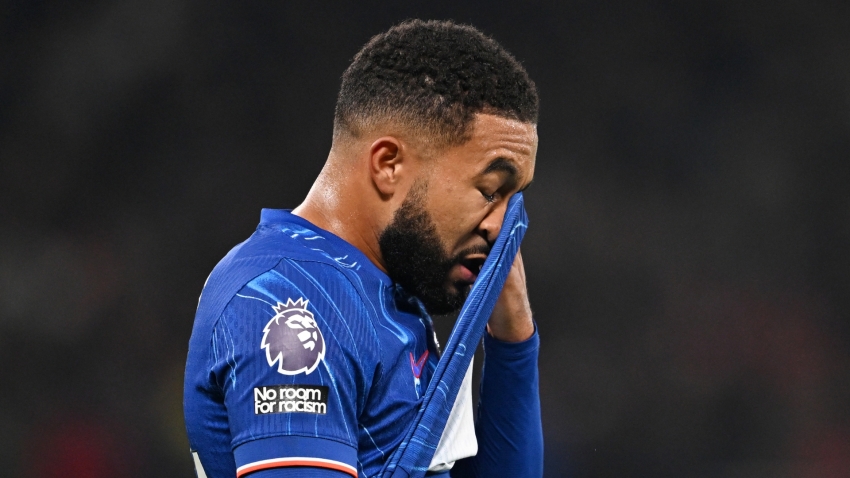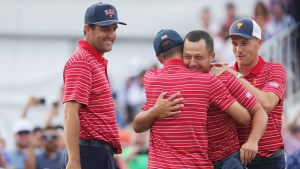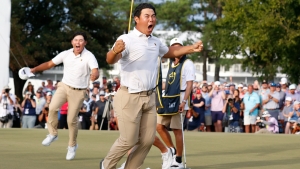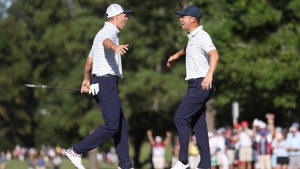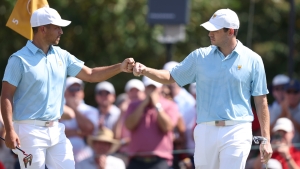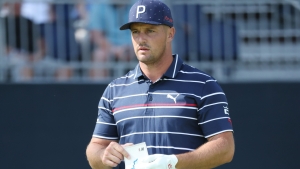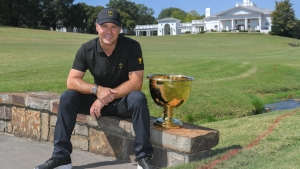To measure the scope of the Presidents Cup, a suggestion is to travel back in time – 28 years, to be exact – to when this international team golf tournament was introduced.
It was the brainchild of Tim Finchem, back when he was a deputy for PGA Tour Commissioner Deane Beman. But when Beman handed the reigns over to Finchem early in the summer of 1994, going full throttle on the debut of Presidents Cup consumed him.
The naysayers were lined up, but Finchem was steadfast in his belief that great players from beyond the borders of the United States and Europe deserved to compete on a global stage in an international team match. Should you point to the lopsided results – the Americans are 11-1-1 and have won eight in a row – you would be an egregious point-misser.
The Presidents Cup was about bringing the game a little closer together, because global golf, Finchem insisted, was here to stay. He knew it would be a somewhat awkward fit at first, but he begged for patience and offered a vision that a lot of folk struggled with.
To wit, there would be a day when the world's best players competed in the same tournaments dozens of time per year and American golf fans would know the international stars quite well.
If he were the type to seek the limelight, Finchem could take a bow. But instead, let's take a measurement to indicate how his vision has played out beautifully.
In 1994, half the International Team needed to introduce themselves to their American counterparts at the Robert Trent Jones Club in Gainesville, Virginia. Aussie Bradley Hughes had only played in six PGA Tour tournaments that season, while Mark McNulty of Zimbabwe (five), Peter Senior of Australia (three) and Frank Nobilo of New Zealand (two) attended even fewer. As for Robert Allenby of Australia and Tsukasa Watanabe of Japan, they hadn't played at all.
In all, the 12 International Team members had combined for just 141 PGA Tour tournaments in 1994, which is not an indictment of them whatsoever. It is a reminder of the era, when global traffic was limited to the world's very elite names and, while the Presidents Cup perhaps appealed back then to those who are intrigued by players they know little about, Finchem was convinced the stature of the competition would grow as American fans became educated about the Aussies and South Africans, the South Americans and the Canadians.
"In 20 years," he told reporters back then, "we can have an event of really premier quality."
Critique Finchem's statement as much as you'd like, there is an argument to be made that he's been proven correct. Three of the past five competitions have been close (16-14 in Australia in 2019; a one-point match in South Korea in 2015; a closer-than-it-looks 18.5-15.5 decision at Muirfield Village in 2013), and then there is the familiarity aspect: whereas 28 years ago the 12-man International Team combined for just 141 PGA Tour starts, in 2021-22 the 12 members of this year's Presidents Cup team totalled 282 starts.
That is a growth of 100 per cent, and the difference can be seen up and down the line-up. Eleven of the 12 members of this year's International Team made 20-plus Tour starts this year – Tom Kim appeared in 11 events as he eventually earned his card by the end of the season – while seven of them made 25 starts or more.
Budding stars from Chile (Mito Pereira, 27 starts) and South Korea (Lee Kyoung-hoon, 28) head the list of workhorses. Lee's fellow countryman, Kim Si-woo, will join him in Charlotte for his second Presidents Cup after a team-leading 29 starts this season.
Corey Conners made his first team after a year of admirable consistency, as did fellow Canadian Taylor Pendirth (21 starts). Aussie Cam Davis (25), South African Christiaan Bezuidenhout (24), Colombian Sebastian Munoz (25) and Japanese Hideki Matsuyama (21) also help comprise the roster.
Round out the team with South Korean Im Sung-jae, who with 'only' 26 starts this season is almost slacking off, and you have an International Team that is getting more and more comfortable in the US by the week. That, in turn, is why optimism continues to be an International strong suit.
"We're still talking about 18 holes of match play, and we've got to remember anything can happen in an 18-hole match," Adam Scott told reporters at the Rocket Mortgage Classic in late July.
"Momentum plays a big deal in these things. We saw that at the last one. We kind of got up early and we nearly hung on [to win]."
Veteran that he is, Scott would tell you that even as he and his mates have become more comfortable in the US thanks to a full complement of PGA Tour tournaments, another aspect of this biennial affair continues to make matters difficult.
That is an American team that is constantly deep and consistently young.
How deep? Ten of the 12 players on the US team are ranked in the top 20 in the Official World Golf Ranking, and the only two who aren't check in at numbers 22 (Max Homa) and 26 (Kevin Kisner). The team features number one Scottie Scheffler and four others in the first 10 – Patrick Cantlay, number four; Xander Schauffele, number five; Justin Thomas, number seven; and Collin Morikawa, number nine.
How young? Two are just 25 years old (Morikawa and Cameron Young) and five others are in their 20s. As for the 'old' guard, we're talking Cantlay, 30; Max Homa, 31; Tony Finau, 32; and Billy Horschel, 35.
That's deep, that's young, and that's one potent group teeing it up next week at Quail Hollow Club in Charlotte, North Carolina.
It's an indication that the Americans will likely be heavy favourites to win for a ninth straight time. Then again, being the underdog is news to the Aussies, the South Africans, the Fijians, the Kiwi, the Canadians, the South Americans, the Japanese and the Koreans.
True, they've not yet come up with an answer to this biennial puzzle, but you'd be doing them a massive disservice if you sold them short. The big picture does them justice as you look at the 2021-22 season: four of their players (Matsuyama, Im, Lee and Kim) combined for five wins on the PGA Tour this season.
True, the Americans have bigger numbers (they combined for 18 victories this season), but Finchem's vision has played out as he predicted. International players have established global stature thanks to a high level of play on the PGA Tour and that will be prominently displayed in this year's Presidents Cup.
Focus on the individuals who'll make up the two line-ups, and not the past results, and you'll likely find 15 of the world's top 20 names. As promised more than 20 years ago, the Presidents Cup has reached a level of premier quality.









